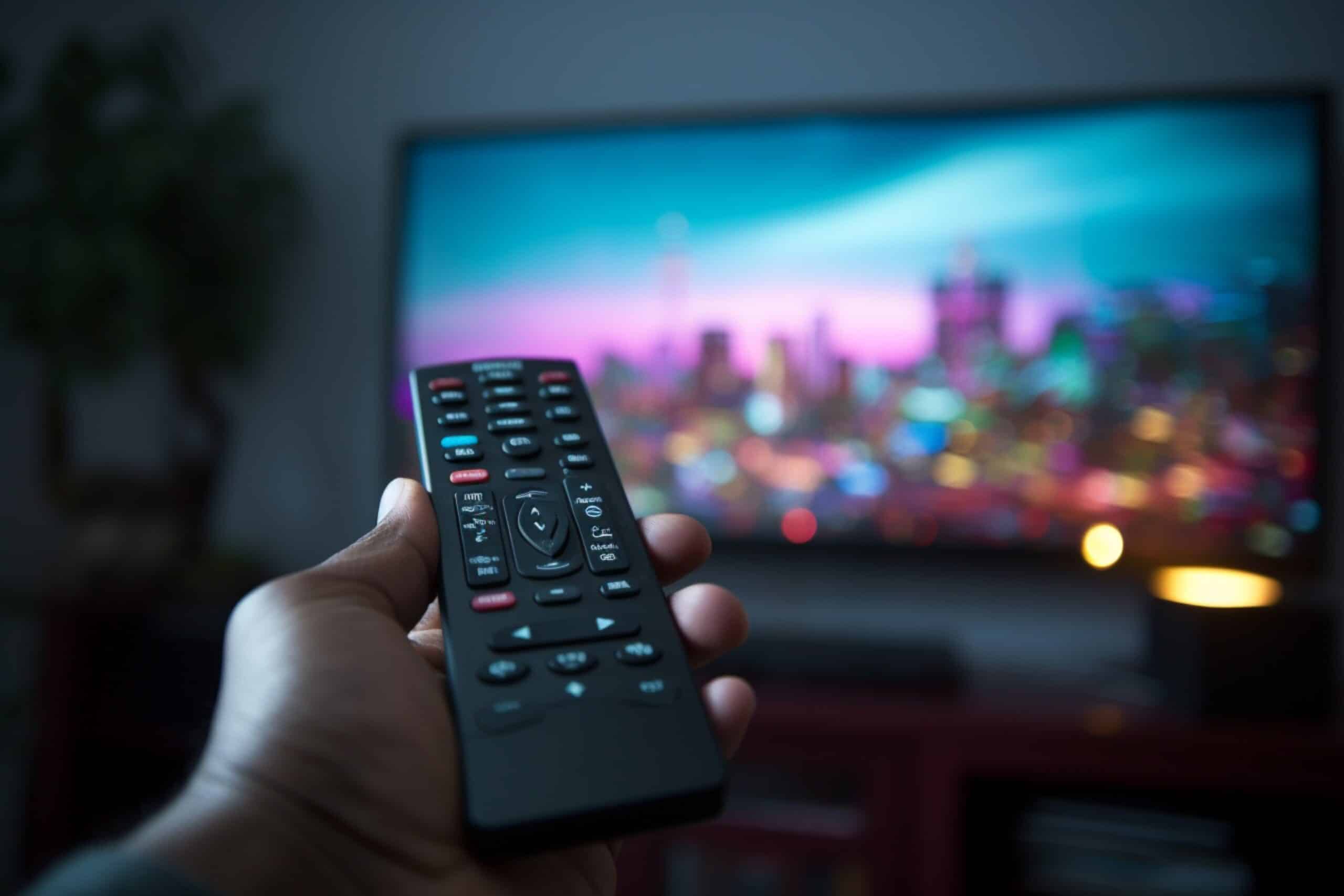How To Get Local Channels On Smart TV?
Key Takeaways
- Connecting a TV antenna directly to a smart TV allows for easy access to local channels without additional subscriptions or streaming services.
- Using an OTA DVR, such as Tablo or HDHomeRun, enables the flexibility to watch OTA antenna channels on any device connected to the home Wi-Fi network.
- Consider ATSC 3.0/NextGen TV for improved picture quality, enhanced sound, and interactive capabilities, requiring a compatible smart TV or external tuner.
Smart TVs have revolutionized the way we consume entertainment, offering a wide range of streaming options and on-demand content. However, many people still want to access local channels on their smart TVs to watch live news, sports, and other local programming. In this article, we will explore the best ways to get local channels on a smart TV.
1. Connect a TV Antenna
One of the simplest and most reliable ways to access local channels on a smart TV is by connecting a TV antenna directly to the TV. By conducting a channel scan, you can easily watch live TV without the need for any additional subscriptions or streaming services. The TV antenna picks up over-the-air (OTA) signals from local broadcast towers, allowing you to enjoy free access to local channels.
Depending on your location and the strength of the signal, you may receive a variety of channels, including major network affiliates like ABC, CBS, NBC, and FOX. To ensure the best reception, consider using an outdoor or attic antenna, especially if you live far away from broadcast towers. Additionally, using an amplified antenna can help improve signal strength.
2. Use an OTA DVR
If you want the flexibility to watch OTA antenna channels on any device connected to your home Wi-Fi network, you can consider using an OTA DVR (Digital Video Recorder) such as Tablo or HDHomeRun. These devices connect to your TV antenna and stream the live TV signal to your smart TV or any other device with the corresponding app installed.
The OTA DVR acts as a bridge between your TV antenna and your smart TV, allowing you to access local channels and even record your favorite shows for later viewing. With the convenience of Wi-Fi streaming, you can watch live TV on your smart TV, smartphone, tablet, or computer, giving you the freedom to enjoy local channels wherever you are in your home.
3. Consider ATSC 3.0/NextGen TV
If you’re looking for improved picture quality and additional features, you can explore the latest broadcast standard known as ATSC 3.0 or NextGen TV. This new standard offers better resolution, enhanced sound, and interactive capabilities, providing a more immersive viewing experience.
ATSC 3.0/NextGen TV requires a compatible smart TV or an external tuner to receive the signal. While not all smart TVs support this standard yet, manufacturers are gradually releasing models with built-in ATSC 3.0 tuners. By upgrading to a compatible smart TV or using an external tuner, you can enjoy the benefits of this advanced broadcast technology and access local channels with superior quality.
4. Explore Live TV Streaming Services
Another popular option to access local channels on a smart TV is by subscribing to live TV streaming services. These services provide access to local broadcast stations and cable TV networks, allowing you to enjoy live TV without the need for a traditional cable or satellite subscription.
Services like YouTube TV, Fubo, and DIRECTV STREAM offer a variety of channels, including local major network affiliates, sports networks, and entertainment channels. With a monthly subscription, you can stream live TV on your smart TV, smartphone, tablet, or computer, giving you the flexibility to watch your favorite shows wherever you are.
Improving OTA Antenna Reception
If you’re using a TV antenna to access local channels on your smart TV, you may encounter reception issues, especially if you live in an area with weak or obstructed signals. To improve OTA antenna reception, you can follow these tips:
- Place the antenna in a higher location, such as an attic or rooftop.
- Ensure the antenna is properly oriented towards the broadcast towers.
- Use an outdoor or attic antenna for better signal reception.
- Consider using an amplified antenna to boost weak signals.
- Minimize obstructions like trees or buildings that may interfere with the signal.
- Use a signal amplifier or preamplifier to enhance signal strength.
- Keep the antenna away from electronic devices that can cause interference.
- Use a longer coaxial cable to position the antenna in an optimal location.
- Perform a channel scan on your smart TV to ensure you receive all available channels.
- Keep the antenna connections clean and free from corrosion.
- Consider a multi-directional antenna if you receive signals from different directions.
- Check for any available firmware updates for your OTA DVR or smart TV.
- Consult online resources or forums for specific antenna recommendations based on your location.
- Experiment with antenna placement and orientation for the best results.
- Consider using a TV signal meter to fine-tune your antenna position.
- If all else fails, consult a professional antenna installer for assistance.
By following these tips, you can optimize OTA antenna reception and ensure a reliable and consistent access to local channels on your smart TV.
Related Websites:
FAQs:
Q: What are local channels and why are they important?
Local channels refer to television networks that serve a specific geographical area. They are important because they provide viewers with local news, weather updates, and community-based content.
Q: How do local channels differ from national networks?
Local channels focus on serving a specific region and providing localized content, while national networks have a broader reach and offer programming for a larger audience.
Q: What are the different ways to get local channels on a smart TV?
There are several options: 1) Using an over-the-air (OTA) antenna, 2) Subscribing to a cable or satellite service, 3) Streaming services that offer local channels, and 4) Local channel apps.
Q: How can I optimize signal strength for OTA antennas?
To optimize OTA antenna signal strength, you can try repositioning the antenna, ensuring it is pointing towards broadcast towers, and minimizing any interference from nearby electronic devices.
Q: Are there any limitations or challenges with accessing local channels on a smart TV?
Some limitations include geographical coverage, availability of local channels through streaming services, and the need for a stable internet connection. Additionally, local channel app availability may vary depending on the smart TV platform.






